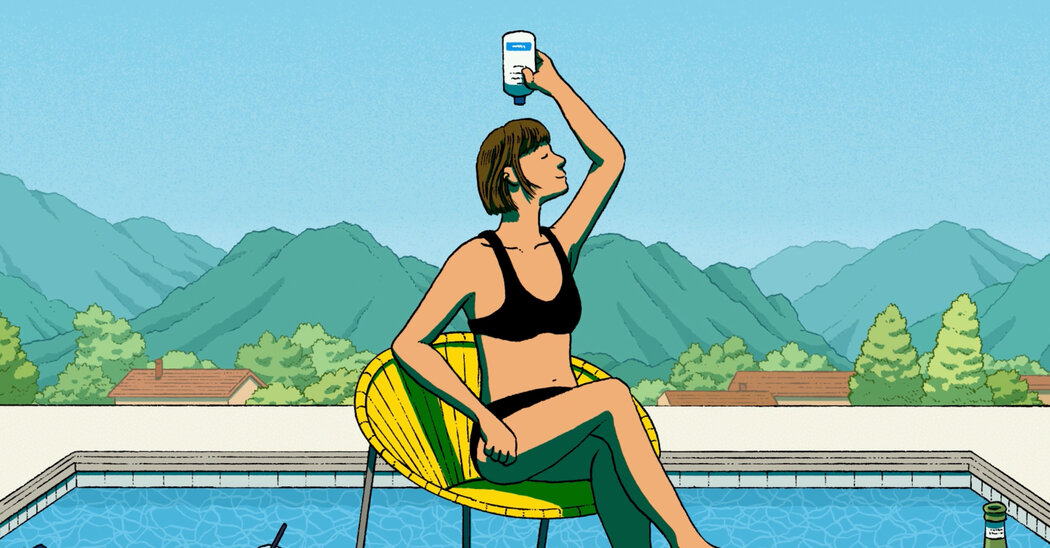You probably know that you need to wear sunscreen. And you probably know the effects of not doing so: Too much exposure to UV rays can hasten signs of aging, worsen skin conditions and even lead to skin cancer — not to mention leave you with a painful burn. But when and how much sunscreen should you be applying? Does it matter what kind? And what do you do if, despite your best efforts, you do get a burn? Here, skin-care and cosmetic experts share their advice for protecting your body, from head to toe.
Which sunscreen is best for me?
Sunscreens fall into one of two camps: chemical or mineral. Generally, chemical sunscreens protect the skin by absorbing UV rays, whereas mineral or physical formulas help deflect rays from the skin. Nonetheless, there aren’t huge differences in the way they work; mineral sunscreens containing zinc oxide and titanium dioxide can absorb a large amount of UV, as well, according to Dr. Michelle Wong, a cosmetic scientist based in Sydney, Australia.
“Neither [chemical nor mineral sunscreens] are inherently better for the skin,” says Dr. Elyse Love, a New York-based dermatologist, but chemical formulas may irritate sensitive skin. On the other hand, many mineral sunscreens can leave a white cast, especially on deeper skin tones, because of the natural color of their ingredients. “The best sunscreen is the one you’ll actually wear,” says Lily Njoroge, an aesthetician and the owner of the Skin Wins medical spa in Brooklyn. For the face, Love recommends EltaMD’s UV Clear SPF 46 and Skinbetter Science’s Sunbetter Sheer SPF 70 or the tinted versions of either product, which are less likely to be visible on the skin. For the body, she likes Supergoop’s Play Everyday Lotion SPF 50 and Unseen Sunscreen Body SPF 40, which have water- and sweat-resistant chemical formulas. Neutrogena’s Hydro Boost Water Gel Lotion SPF 50 is a good drugstore option.
Whichever product you choose should be broad spectrum, meaning that it protects against both UVA and UVB rays, the latter of which contributes to sunburn. The SPF — or Sun Protection Factor, a measure of how well a sunscreen guards against UV radiation — should be at least 30. But Love suggests that an SPF of 50 or higher might be best if your skin is particularly sensitive because of conditions such as rosacea or lupus, topical treatments like chemical exfoliants or retinoids, or laser or wax hair removal.
When do I need to use sunscreen?
You should wear sunscreen on any…
Click Here to Read the Full Original Article at NYT > Travel…
